Home>Gardening & Outdoor>Landscaping Ideas>How Long To Water Grass In Texas
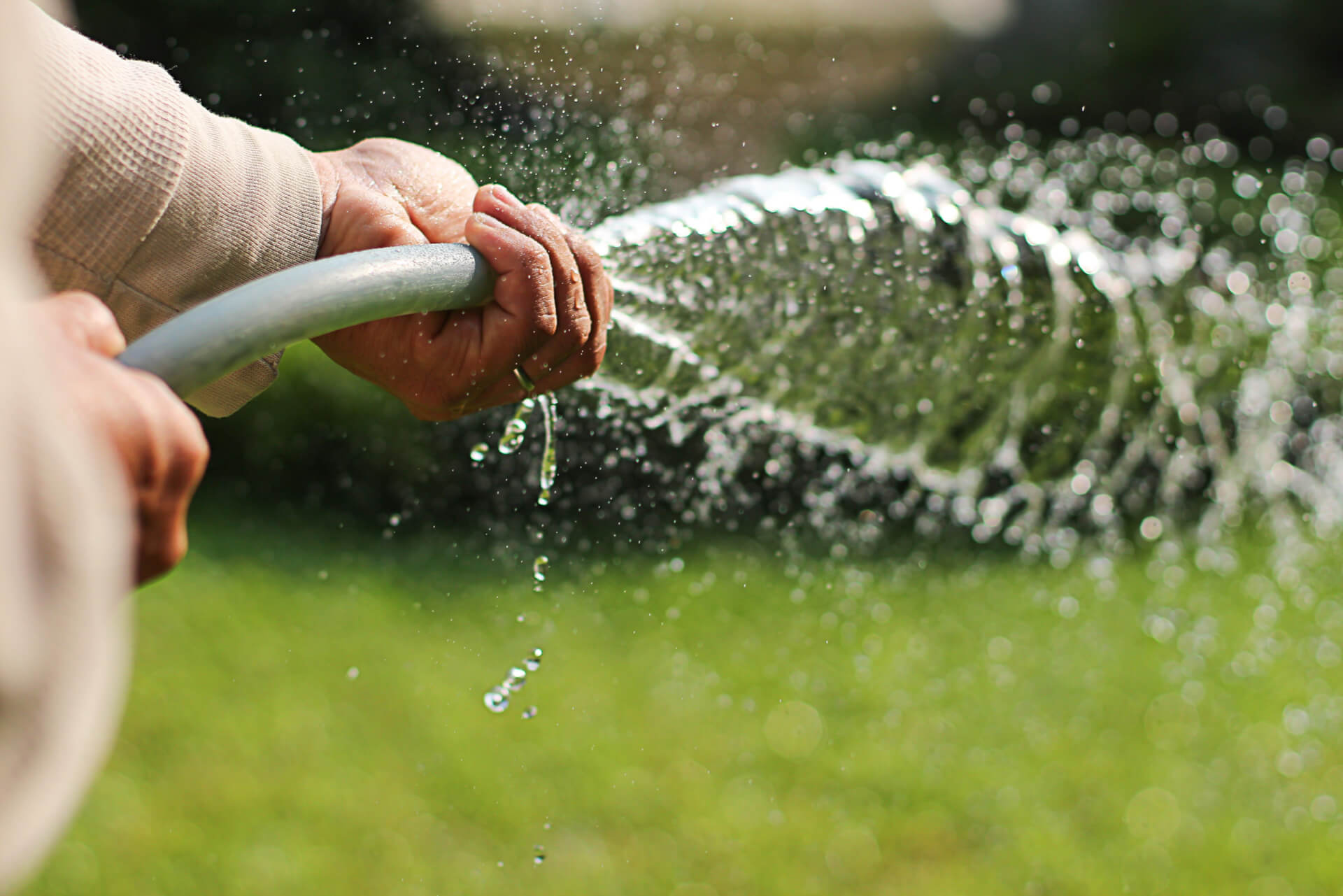

Landscaping Ideas
How Long To Water Grass In Texas
Modified: February 18, 2024
Discover the best watering practices for your Texas grass with expert landscaping ideas. Learn how long to water and maintain a lush, healthy lawn.
(Many of the links in this article redirect to a specific reviewed product. Your purchase of these products through affiliate links helps to generate commission for Storables.com, at no extra cost. Learn more)
Introduction
Introduction
Texas is known for its diverse landscapes, ranging from arid deserts to lush, green spaces. As a homeowner in Texas, maintaining a healthy and vibrant lawn is a point of pride. However, achieving and sustaining a beautiful lawn in the Lone Star State comes with its own set of challenges, particularly when it comes to watering. Understanding the specific watering needs of grass in Texas is crucial to ensure its vitality and resilience in the face of the region's unique climate.
In this comprehensive guide, we will delve into the best practices for watering grass in Texas, taking into account the factors that influence watering requirements, recommended watering schedules, signs of overwatering or underwatering, and the essential tools and techniques for effective lawn hydration. By the end of this article, you will be equipped with the knowledge and insights needed to nurture a thriving lawn that can withstand the demands of the Texan climate.
Factors Affecting Watering Needs
Key Takeaways:
- Deep, infrequent watering 1-2 times per week is best for Texas grass, promoting strong root growth and drought tolerance. Water early in the morning to maximize absorption and minimize evaporation.
- Look for signs of overwatering (soggy, yellow grass) or underwatering (dry, brittle grass) to adjust your watering schedule. Use tools like soaker hoses and rain gauges for efficient watering.
Read more: How Often To Water Grass In Texas
Factors Affecting Watering Needs
When determining the watering needs of grass in Texas, several factors come into play, each influencing the frequency and duration of watering required to maintain a healthy lawn.
- Climate: Texas experiences a wide range of climates, from the humid conditions of the Gulf Coast to the arid climate of West Texas. The varying temperature and humidity levels directly impact the rate of evaporation and the moisture retention capacity of the soil, ultimately affecting the grass’s watering needs.
- Grass Type: The type of grass in your lawn significantly influences its watering requirements. Warm-season grasses like Bermuda and St. Augustine thrive in Texas, but they have distinct watering needs compared to cool-season grasses. Understanding the specific requirements of your grass type is essential for effective watering.
- Soil Composition: The composition of the soil, including its texture and drainage properties, plays a pivotal role in determining how well it retains moisture. Sandy soils drain quickly and may necessitate more frequent watering, while clay soils retain moisture for longer periods, impacting the watering frequency.
- Exposure to Sunlight: The amount of sunlight your lawn receives directly impacts its water requirements. Areas that are exposed to intense sunlight for extended periods may require more frequent watering to compensate for the increased evaporation rates.
- Seasonal Variations: Texas experiences distinct seasonal changes, from scorching summers to mild winters. Adapting your watering schedule to accommodate these seasonal variations is crucial for meeting the evolving needs of your grass throughout the year.
By considering these factors and their interplay, you can tailor your watering practices to align with the specific needs of your lawn, fostering optimal growth and resilience in the face of Texas’s dynamic climate.
Recommended Watering Schedule
Recommended Watering Schedule
Creating a well-defined watering schedule is essential for promoting healthy grass growth while conserving water, a precious resource in Texas. By adhering to a consistent watering regimen, you can ensure that your lawn receives the moisture it needs without overburdening it with excessive watering. The following guidelines can help you establish an effective watering schedule tailored to the unique demands of Texas’s climate and your lawn’s specific characteristics.
- Frequency: In general, lawns in Texas benefit from deep, infrequent watering sessions. Aim to water your lawn approximately 1-2 times per week, allowing the moisture to penetrate the soil to a depth of 6-8 inches. Deep watering encourages the development of robust root systems, enhancing the grass’s drought tolerance and overall health.
- Timing: To minimize water loss due to evaporation, it is advisable to water your lawn during the early morning hours, ideally between 4 am and 10 am. This timeframe allows the grass blades to dry before evening, reducing the risk of fungal diseases while maximizing the absorption of moisture by the soil.
- Seasonal Adjustments: As the seasons change, your watering schedule should adapt to accommodate the evolving needs of your lawn. During the scorching summer months, increasing the frequency of watering may be necessary to counteract the heightened evaporation rates. Conversely, reducing the frequency during the cooler periods of spring and fall can prevent overwatering and potential issues associated with excessive moisture.
- Observation and Adjustment: Regularly monitor the condition of your lawn to gauge its response to the watering schedule. Adjustments may be needed based on factors such as rainfall, temperature fluctuations, and the overall health of the grass. Flexibility and attentiveness are key to refining your watering schedule for optimal results.
By adhering to a well-calibrated watering schedule that considers the frequency, timing, and seasonal variations, you can sustain a lush and resilient lawn that thrives in the diverse climates of Texas.
Best Practices for Watering Grass in Texas
Best Practices for Watering Grass in Texas
Effectively watering your grass in Texas involves more than just adhering to a schedule. Embracing best practices ensures that your lawn receives the right amount of moisture in a manner that promotes its health, vitality, and sustainability in the face of Texas’s challenging climate. Implementing the following best practices can elevate your lawn care efforts and contribute to the long-term well-being of your grass.
- Water Deeply and Infrequently: Rather than frequent, shallow watering, prioritize deep and infrequent sessions to encourage the development of robust root systems. Deep watering promotes deeper root growth, enhancing the grass’s ability to withstand periods of drought and stress.
- Utilize Moisture-Saving Techniques: Incorporate moisture-saving techniques such as mulching and aerating to improve water retention in the soil. Mulch acts as a protective barrier, reducing moisture loss through evaporation, while aeration enhances soil permeability, allowing water to penetrate more effectively.
- Observe Watering Restrictions: Stay informed about any local watering restrictions and adhere to them diligently. Responsible water usage not only preserves this precious resource but also fosters a culture of environmental stewardship within your community.
- Consider Rainwater Harvesting: Explore the possibility of rainwater harvesting as a sustainable means of supplementing your lawn’s water supply. Collecting rainwater for later use reduces reliance on traditional water sources and can be an eco-friendly addition to your lawn care practices.
- Invest in Smart Irrigation Systems: Embrace the convenience and efficiency of smart irrigation systems that utilize technology to deliver precise amounts of water based on real-time weather data and soil moisture levels. These systems optimize water usage while promoting the health of your grass.
- Monitor and Adjust: Regularly assess the condition of your lawn and adjust your watering practices accordingly. Observing the grass’s response to the watering regimen empowers you to fine-tune your approach, ensuring that your lawn’s needs are met effectively.
By integrating these best practices into your lawn care routine, you can cultivate a resilient and visually stunning grass landscape that thrives in the dynamic climates of Texas while contributing to sustainable water management efforts.
Signs of Overwatering or Underwatering
Water your grass in Texas for about 30-45 minutes, 2-3 times a week, depending on the weather and soil type. It’s better to water deeply and less frequently to encourage deep root growth.
Signs of Overwatering or Underwatering
Recognizing the signs of overwatering or underwatering is pivotal in maintaining the health and vigor of your grass in Texas. Both scenarios can have detrimental effects on the lawn, making it essential to be attentive to the subtle indicators that reveal whether your grass is receiving too much or too little moisture.
- Signs of Overwatering: Excessive watering can lead to a range of visible and tangible signs that signal an imbalance in moisture levels. These signs may include the presence of standing water, a perpetually soggy lawn, a foul odor emanating from the soil, and the development of fungal diseases such as mold and mildew. Additionally, overwatered grass may exhibit a yellowish hue, wilted appearance, and a spongy texture when walked upon.
- Signs of Underwatering: Insufficient moisture can manifest in the form of dry, brittle grass that loses its vibrant green color, taking on a dull, grayish appearance. The grass may also show signs of stress through wilting, curling, or folding of the blades. In severe cases of underwatering, the lawn may develop brown patches and a visibly parched, straw-like texture.
It is crucial to remain vigilant and responsive to these signs, as addressing overwatering or underwatering promptly can prevent long-term damage to your lawn and promote its recovery. By closely observing the condition of your grass and heeding these indicators, you can fine-tune your watering practices to maintain an optimal moisture balance, fostering the health and vibrancy of your lawn in Texas.
Watering Tools and Techniques
Read more: How Often To Water Grass In Texas Summer
Watering Tools and Techniques
Equipping yourself with the right tools and mastering effective watering techniques are instrumental in ensuring that your grass receives the appropriate amount of moisture while conserving water and promoting overall lawn health. By leveraging suitable watering tools and implementing proven techniques, you can optimize the efficiency and efficacy of your lawn watering practices in the diverse climates of Texas.
- Soaker Hoses: Soaker hoses are a valuable asset for delivering slow, consistent moisture directly to the soil, minimizing water loss through evaporation. These hoses are particularly beneficial for deep watering, allowing the moisture to penetrate the root zone effectively.
- Adjustable Sprinklers: Utilize adjustable sprinklers to cover large areas of your lawn while customizing the spray pattern and intensity. Position the sprinklers strategically to ensure even water distribution and avoid water wastage on non-lawn areas such as driveways and sidewalks.
- Watering Wands: Watering wands offer precision and control, making them ideal for targeting specific areas of the lawn that require additional moisture. Their versatility allows you to adjust the water flow and reach challenging spots with ease.
- Rain Gauges: Installing rain gauges in your lawn provides valuable insights into the amount of precipitation your grass receives, enabling you to adjust your watering schedule accordingly. This promotes water conservation by preventing unnecessary watering during periods of sufficient natural rainfall.
- Proper Watering Techniques: Embrace proper watering techniques such as deep watering, which encourages robust root growth, and the practice of watering early in the morning to minimize water loss through evaporation. Additionally, water your lawn slowly to allow for optimal absorption and prevent runoff.
- Smart Irrigation Systems: Consider investing in smart irrigation systems equipped with moisture sensors and programmable settings. These advanced systems adjust the watering frequency and duration based on real-time environmental factors, optimizing water usage and promoting the health of your grass.
By harnessing these tools and techniques, you can elevate your approach to watering your grass in Texas, fostering a lush, resilient lawn while demonstrating a commitment to responsible water management.
Conclusion
Conclusion
Caring for your grass in Texas necessitates a nuanced understanding of the region’s diverse climates and the factors that influence the watering needs of your lawn. By embracing a tailored watering schedule, integrating best practices, and remaining attentive to the signs of overwatering or underwatering, you can nurture a lawn that thrives in the face of Texas’s dynamic environmental conditions.
As you embark on your journey to maintain a healthy and vibrant lawn, remember that responsible water management is paramount. By leveraging appropriate watering tools and mastering proven techniques, you can optimize the efficiency of your watering practices while conserving water, a precious resource in the Lone Star State.
Ultimately, the health and beauty of your grass landscape in Texas are a testament to your dedication as a homeowner. By implementing the insights and recommendations outlined in this guide, you are poised to cultivate a resilient, visually stunning lawn that enriches your outdoor space and contributes to the natural splendor of Texas’s landscapes.
With a commitment to informed and conscientious lawn care practices, you can savor the rewards of a flourishing grass expanse that embodies the enduring allure of Texas’s rich and varied terrain.
Frequently Asked Questions about How Long To Water Grass In Texas
Was this page helpful?
At Storables.com, we guarantee accurate and reliable information. Our content, validated by Expert Board Contributors, is crafted following stringent Editorial Policies. We're committed to providing you with well-researched, expert-backed insights for all your informational needs.
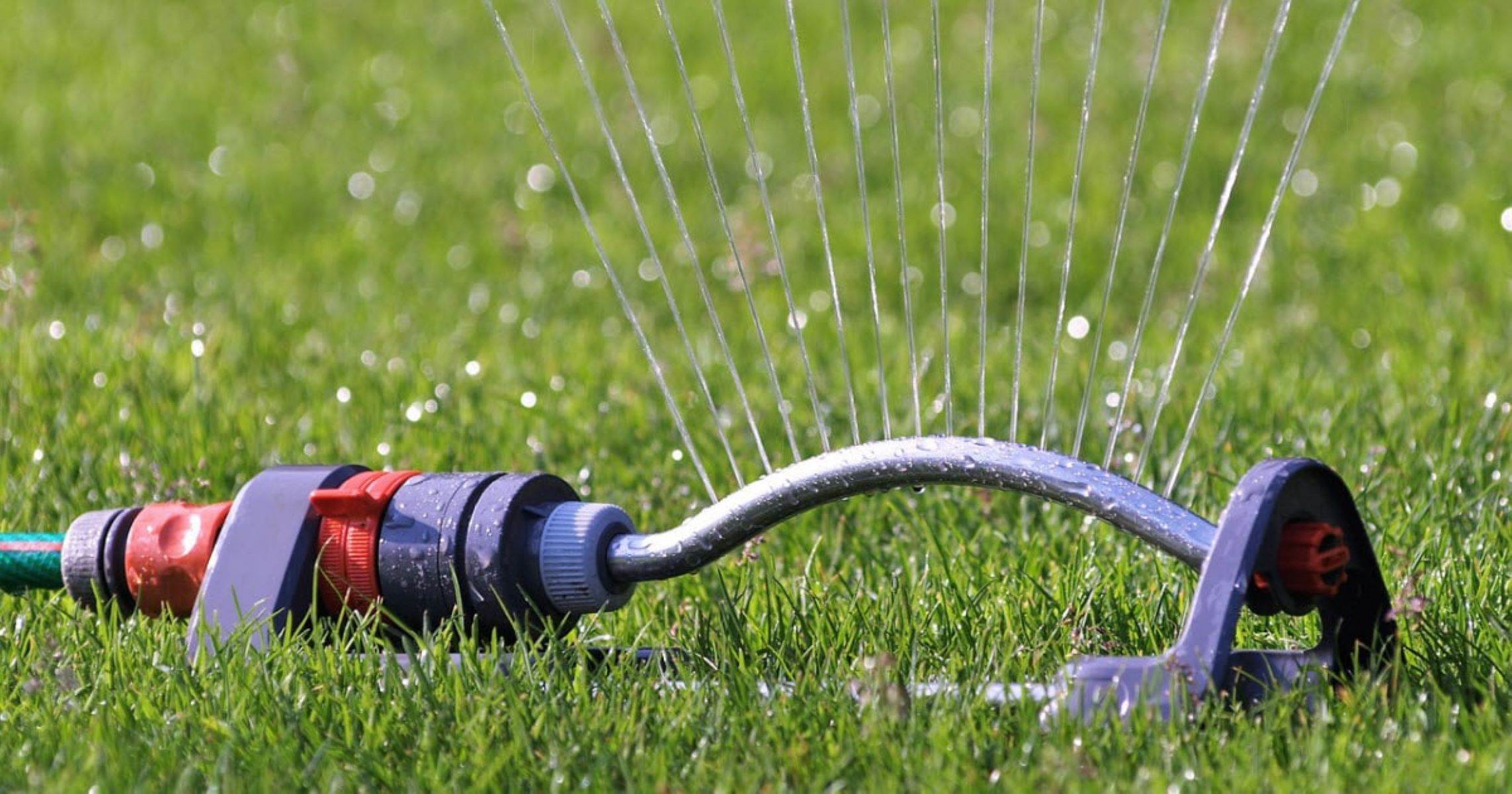
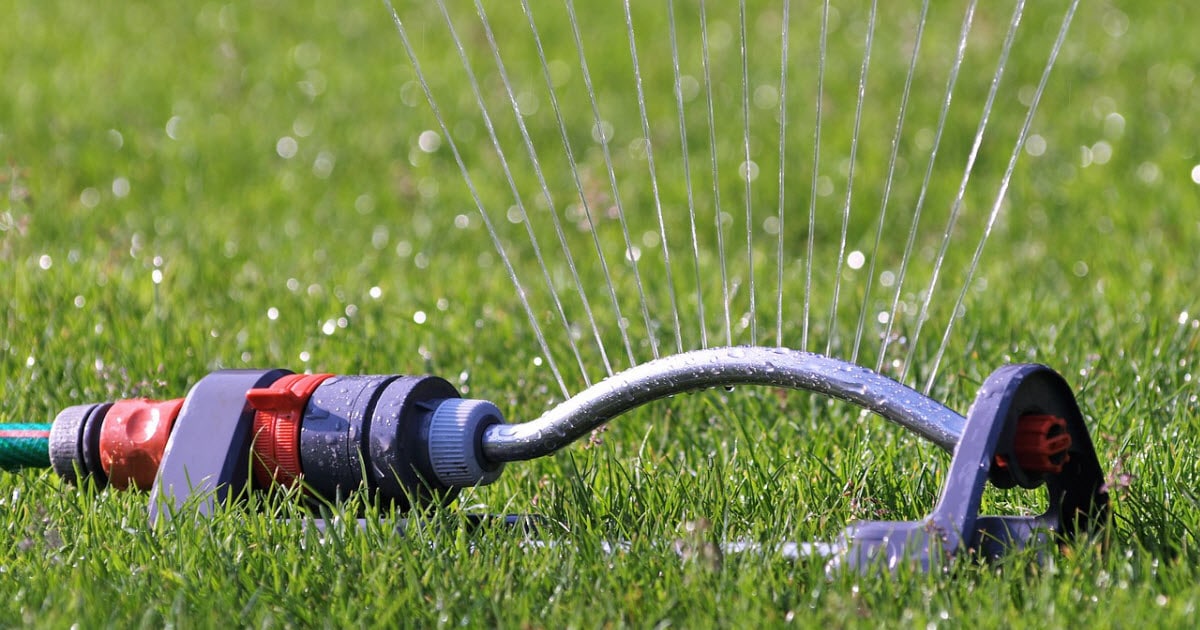
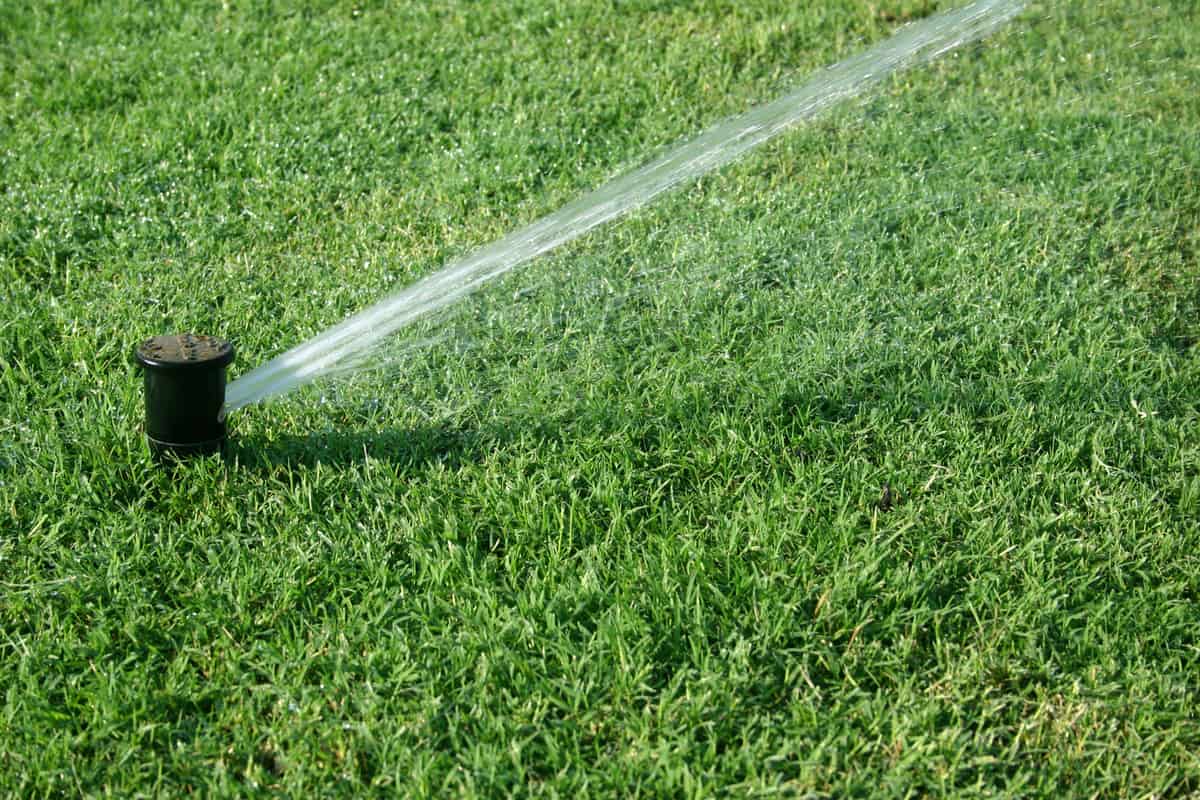

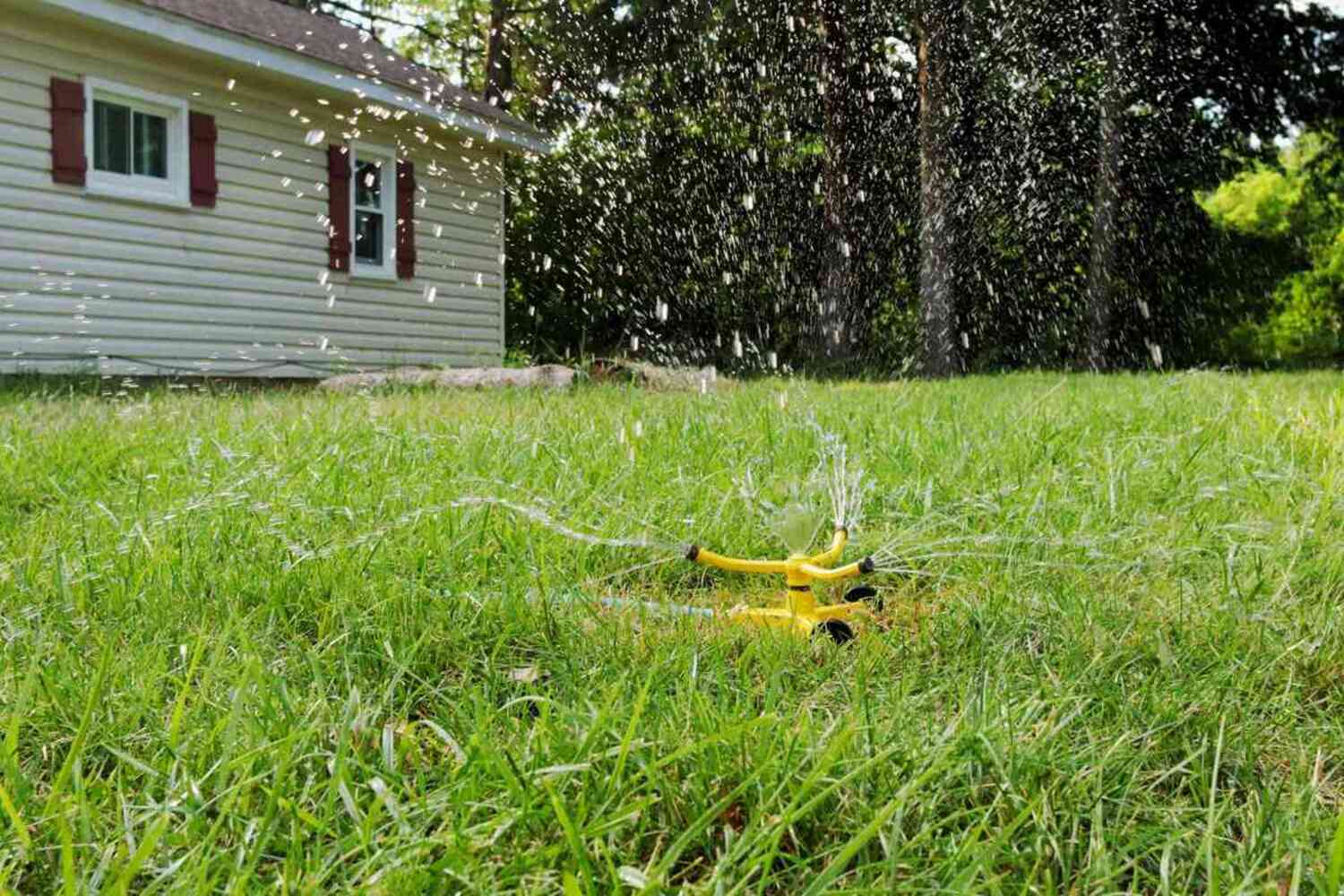
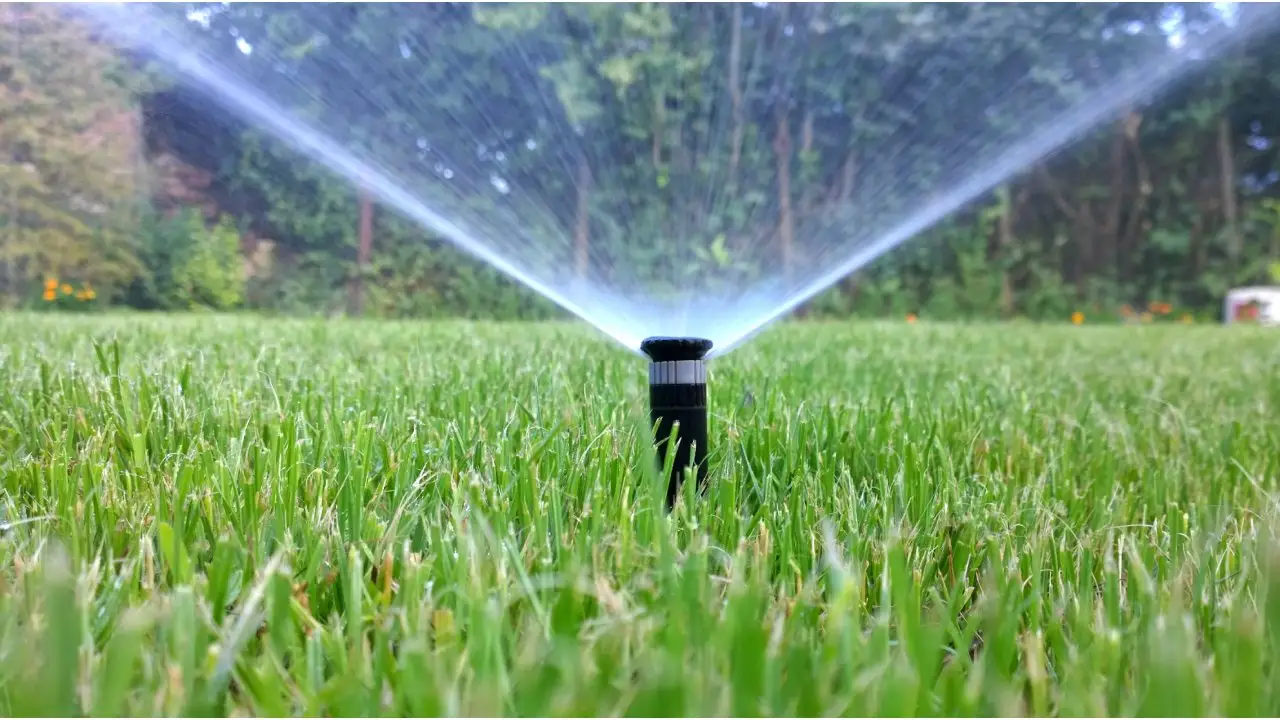
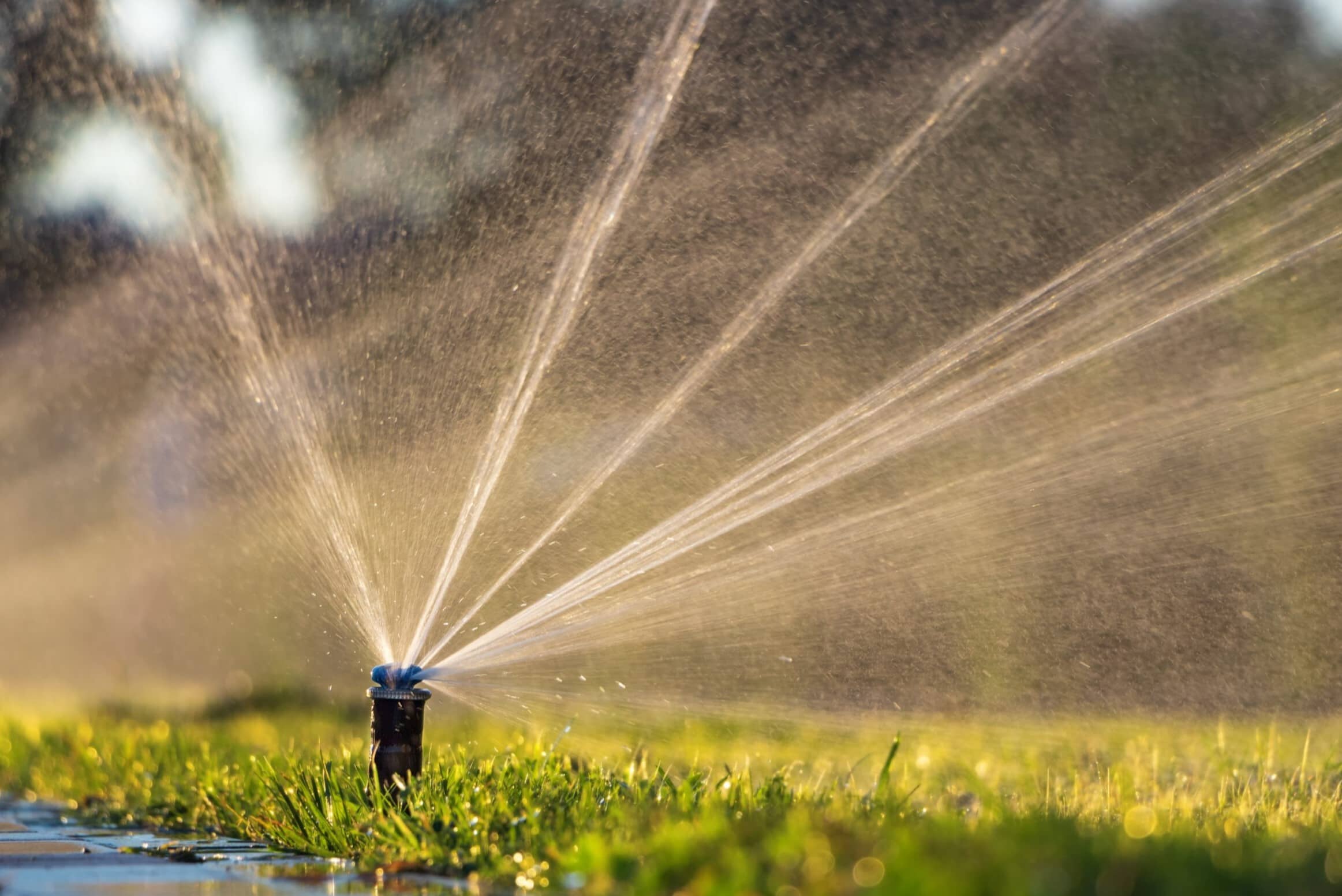
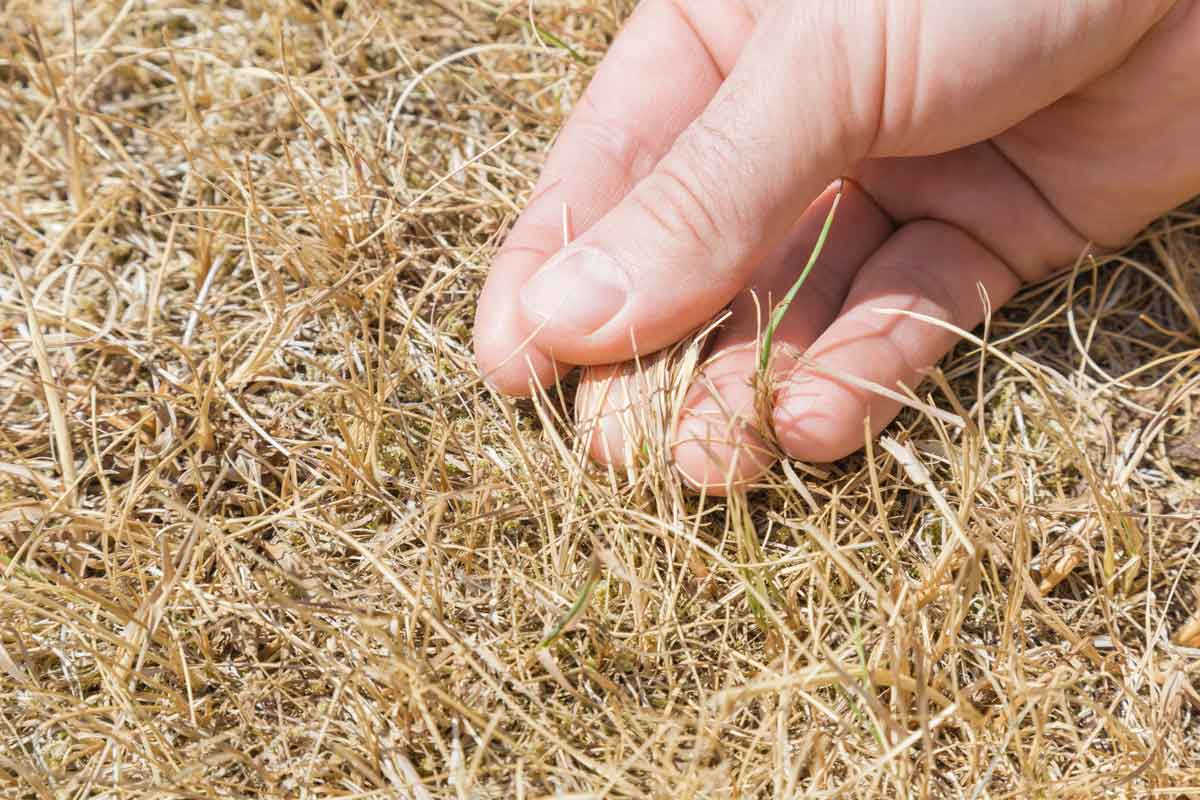
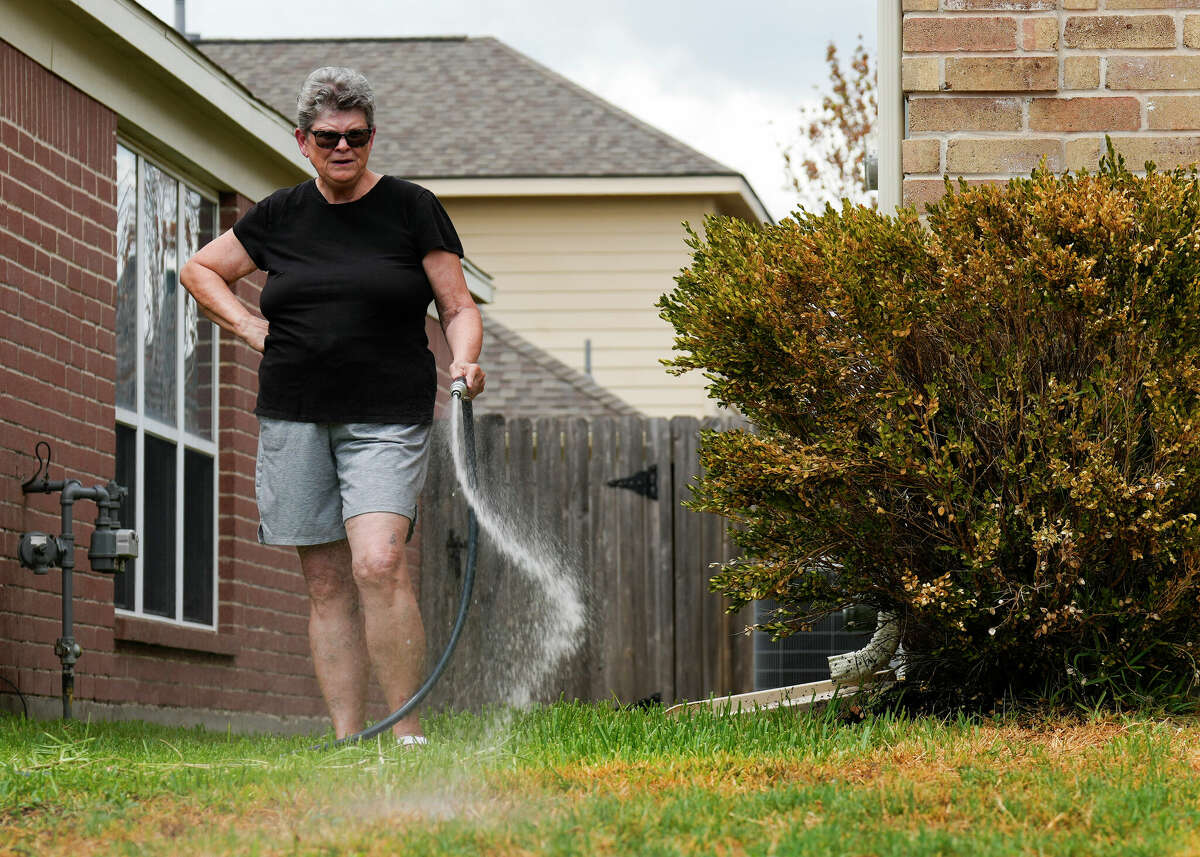
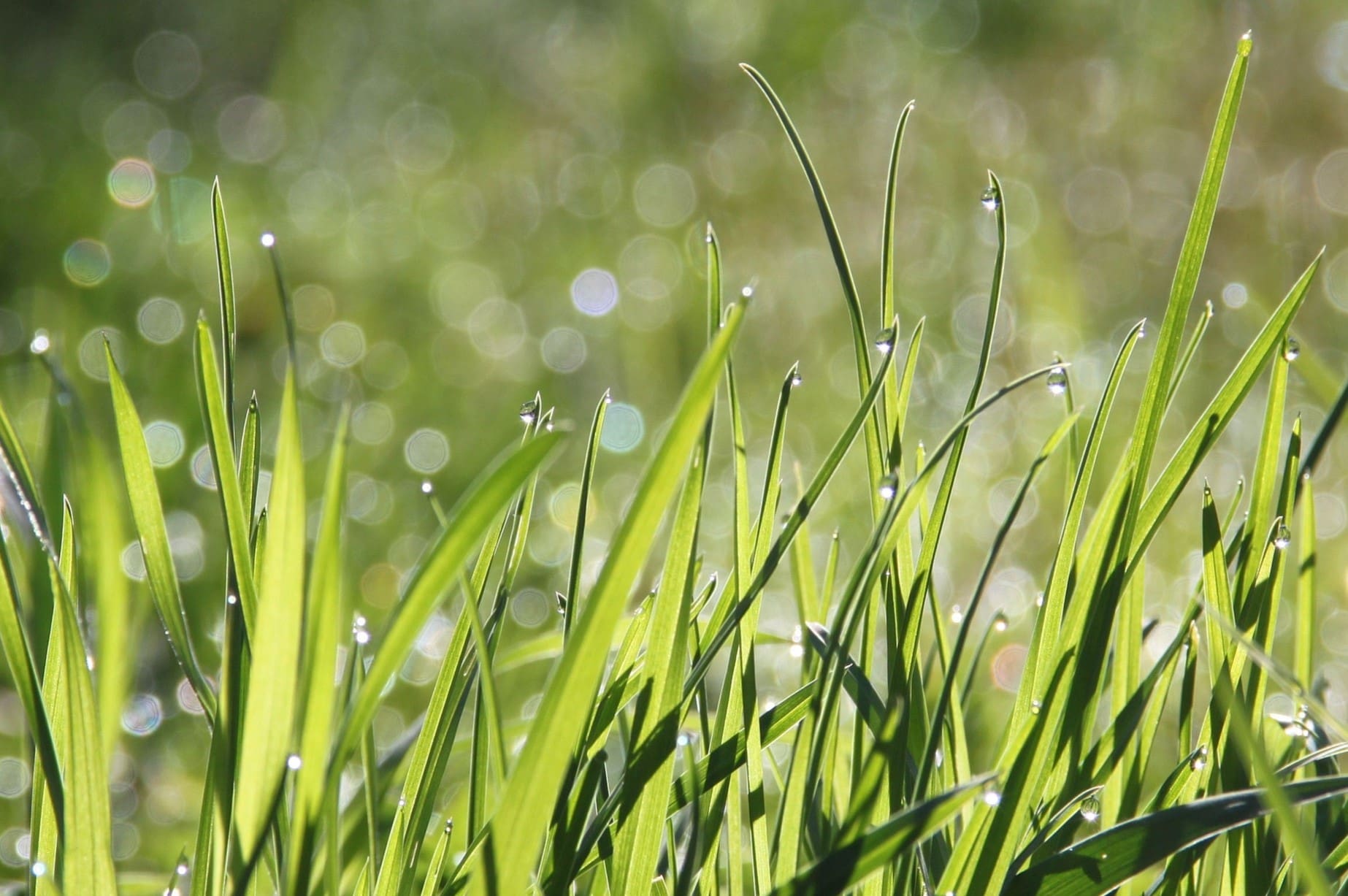


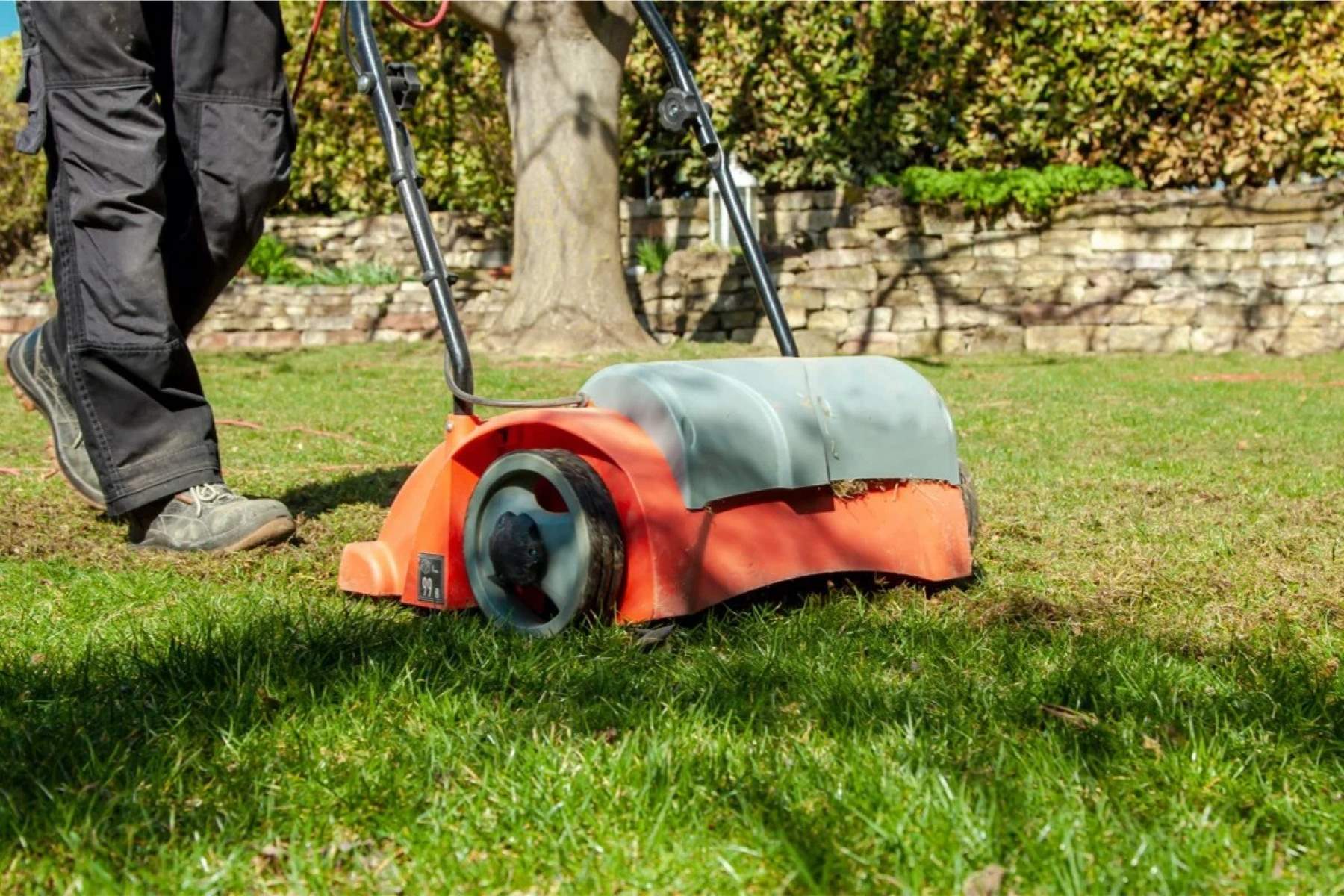
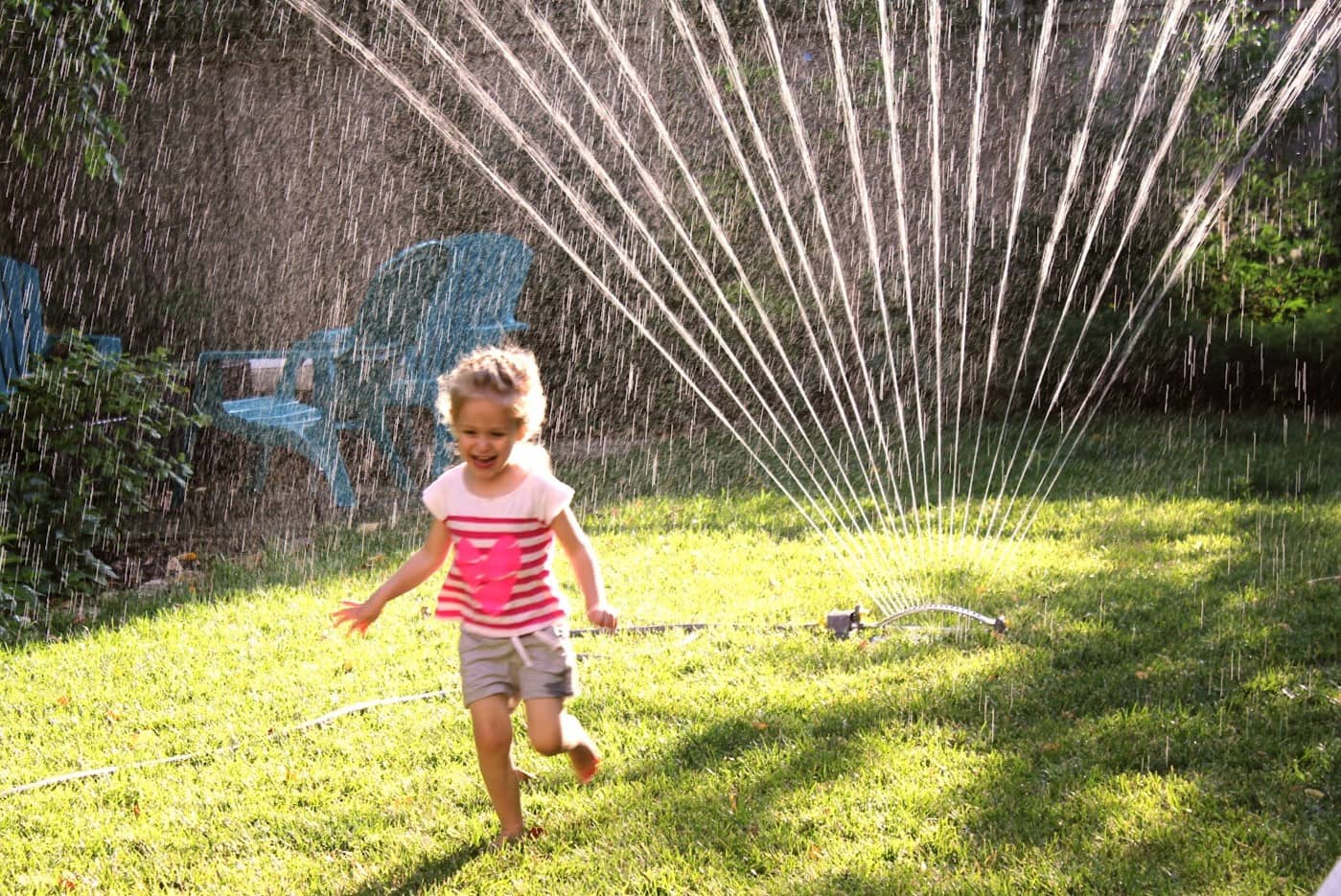

0 thoughts on “How Long To Water Grass In Texas”